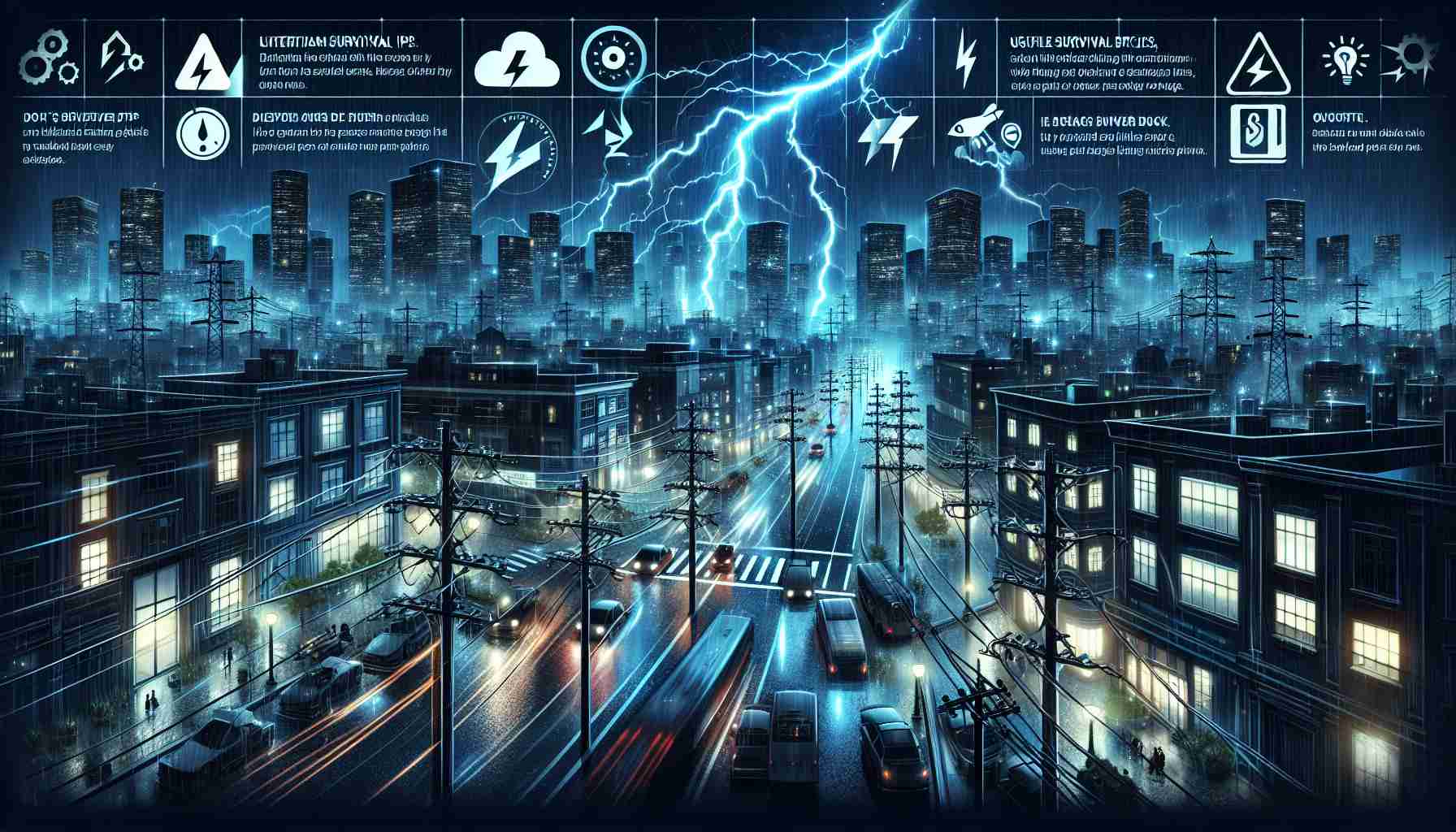- A fierce storm caused significant power outages across multiple regions, impacting over 13,500 customers.
- Lightning strikes were the primary cause of damage, knocking down power lines and leading to disruptions.
- Emergency teams, including helicopters, were deployed to assess storm damage and restore services.
- Those affected faced various inconveniences, including food spoilage and disrupted plans.
- The event highlights the unpredictability of severe weather and the importance of preparedness.
- Residents are encouraged to stay informed and anticipate potential outages during storms.
A fierce storm erupted over the weekend, unleashing powerful lightning that wreaked havoc across the AusNet network. Overnight from Friday to Saturday, thousands of people found themselves plunged into darkness as outages swept through Benalla, Wodonga, Wangaratta, Myrtleford, and nearby regions.
As the chaos unfolded, teams on the ground and two helicopters were dispatched to scan the hard-hit areas, particularly around Wangaratta and Benalla, in a bid to assess the storm’s damage. The culprit? Intense lightning strikes that brought down power lines and disrupted connectivity for a staggering 13,500 customers.
Those affected faced not just a loss of electricity but also the inconveniences that come with it, from spoiled food in refrigerators to cancelled plans. The surreal sight of storm damage was met with relief as crews worked tirelessly to restore power and bring back the comfort of everyday life.
The key takeaway? Storms can strike unexpectedly, reminding us all of nature’s awesome power. If you experience outages during severe weather, know that hardworking teams are mobilized to get you back online and safe as swiftly as possible. Stay informed, and always prepare for the unexpected!
As the skies clear, residents can breathe a sigh of relief, but it’s a stark reminder to stay vigilant during stormy weather.
The Unexpected Fury of Nature: Insights on Storm Preparedness and Response
Understanding the Storm’s Impact on the AusNet Network
Over the weekend, a powerful storm with intense lightning caused significant disruptions across the AusNet network, affecting thousands of customers in regions like Benalla, Wodonga, Wangaratta, and Myrtleford. This event led to widespread power outages, with an estimated 13,500 customers affected. Crews, alongside aerial support, were deployed swiftly to assess and remedy the damage.
Key Features of Storm Preparedness and Response:
– Real-time Monitoring: Advanced technologies are now employed to monitor weather patterns and power grid stability, enabling quicker responses to potential outages.
– Community Alerts: Local authorities are utilizing SMS and app notifications to keep residents informed about weather conditions and safety measures.
– Restoration Teams: Specialized teams are formed, comprising both ground crews and aerial surveillance, to visualize areas hardest hit and expedite restoration.
Important Questions Answered
1. What precautions should residents take before a storm?
– Residents should have an emergency kit ready that includes flashlights, batteries, a first-aid kit, non-perishable food, and water. Additionally, securing loose outdoor items and staying informed through local news or weather apps is crucial.
2. How can residents cope during power outages?
– Keeping a supply of battery-operated devices, using coolers for perishable food, and minimizing opening the refrigerator/freezer can help maintain food safety. It’s also wise to have a backup charging method for mobile devices.
3. What are the ongoing initiatives to improve storm response?
– Ongoing investments in infrastructure resilience, enhanced training for utility workers, and partnerships with emergency services are critical. Community preparedness programs are also in place to educate citizens on how to react during severe weather.
Trends and Innovations in Storm Management
Storm management technologies are evolving, focusing on predictive analytics to forecast potential power disruptions. Compliance with safety standards has also increased, reinforcing utility workers’ training and equipment readiness.
Sustainability and Security Aspects
Utility companies are increasingly investing in renewable energy sources that can withstand severe weather conditions. This not only promotes sustainability but also enhances energy security, creating a more resilient power grid.
For further information about storm safety and response, visit AusNet Services.
